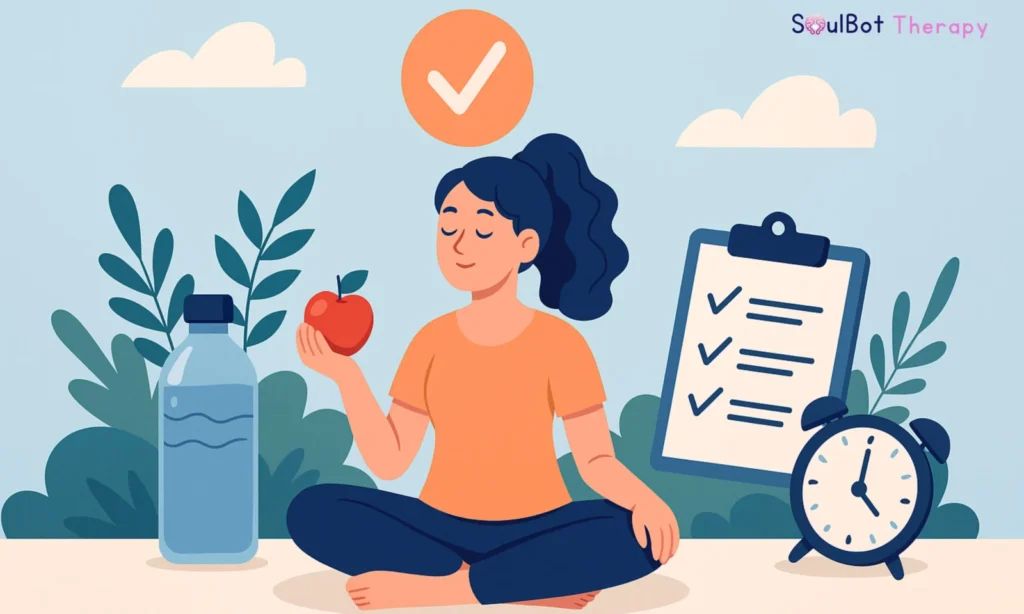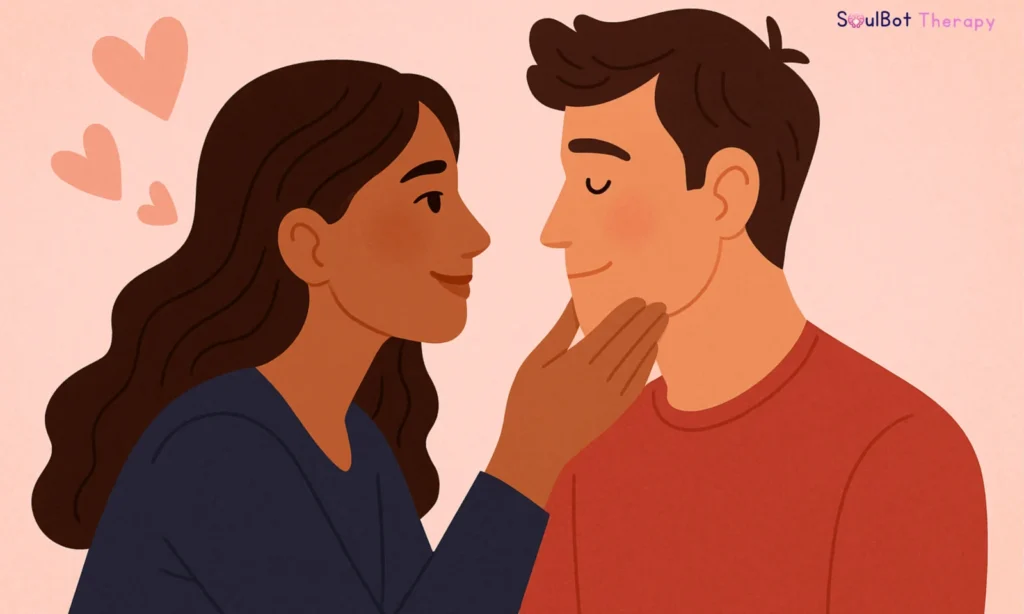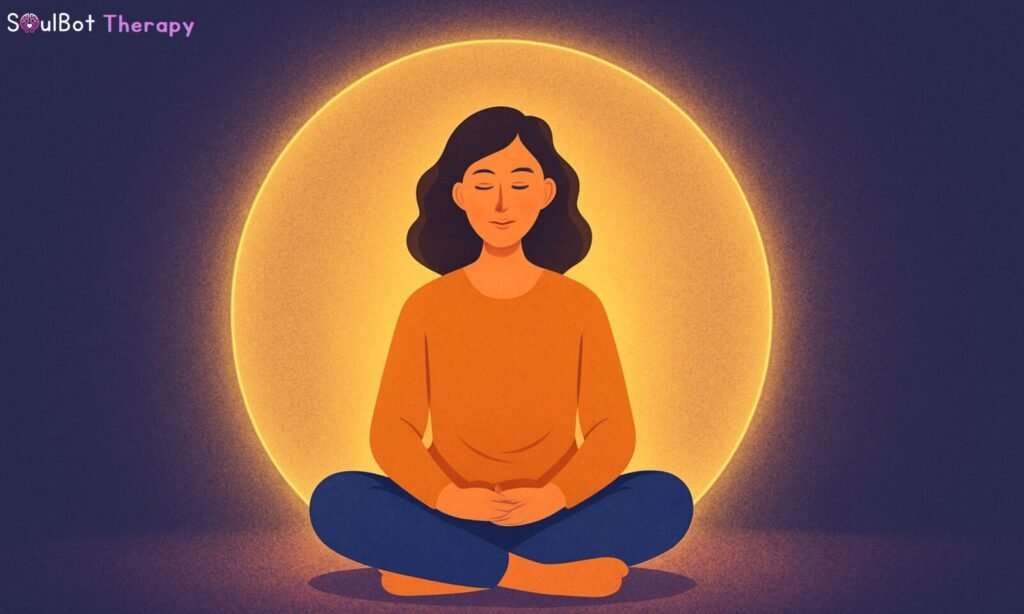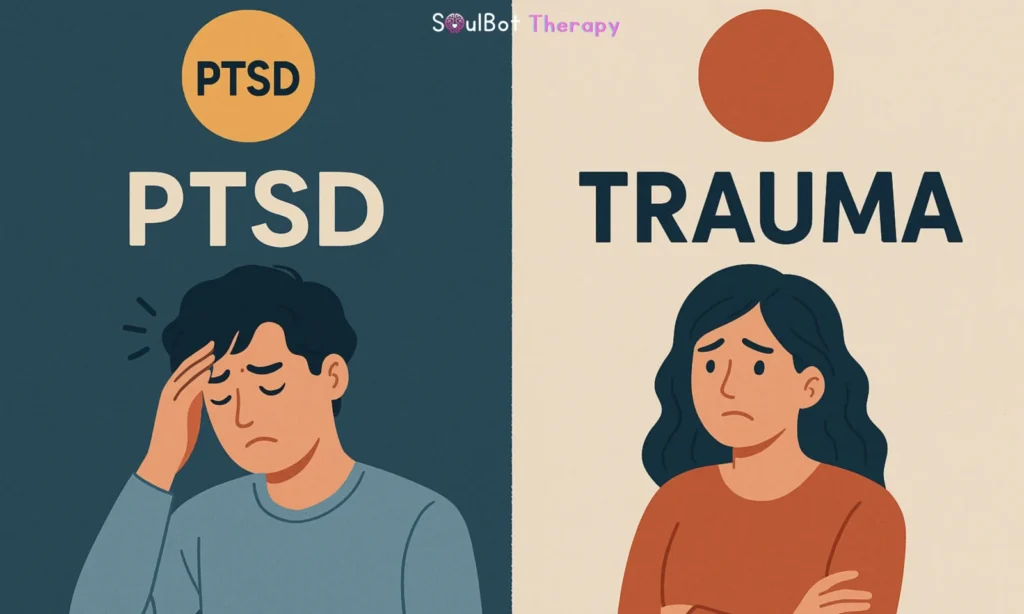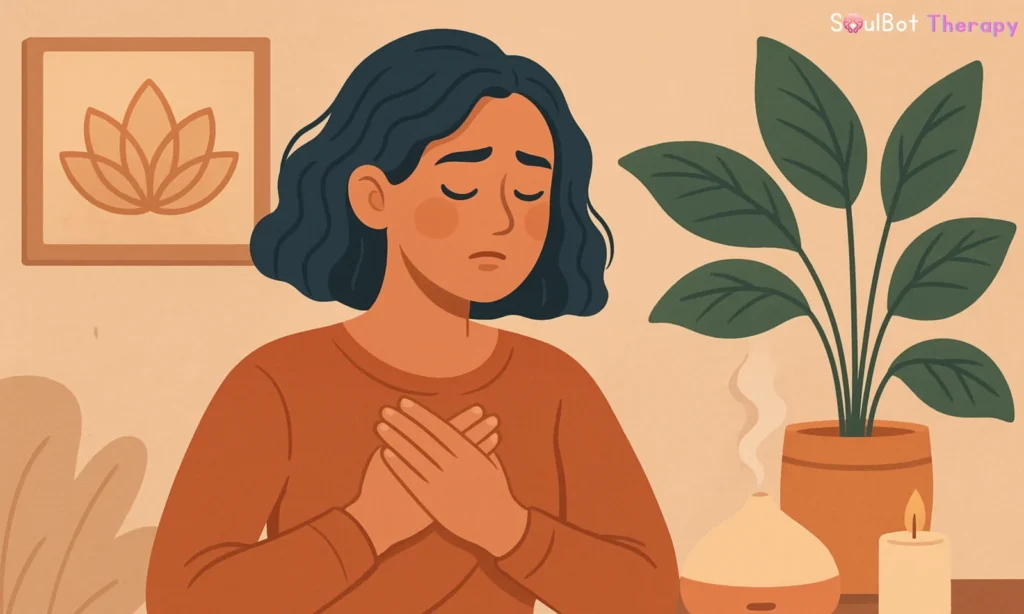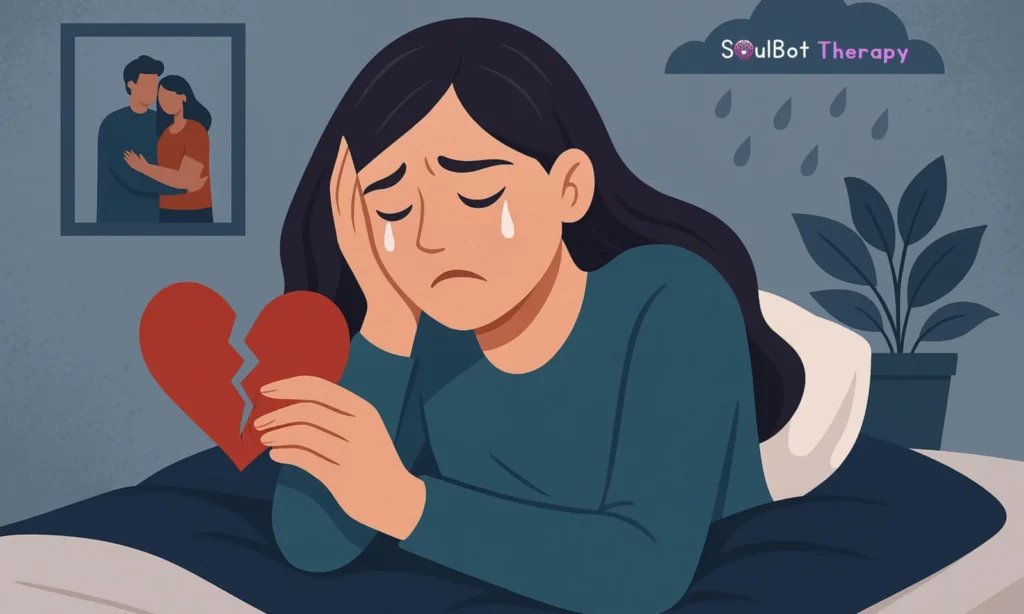Most people still picture ADHD as hyper kids bouncing off walls, not adults trying to hold down jobs, remember appointments, or manage emotions that feel too big for their bodies. But here’s the truth: adult ADHD symptoms don’t vanish when you grow up; they just get better at hiding.
If you’ve ever called yourself lazy, unmotivated, or “bad at adulting,” it might not be a character flaw. It could be that your brain’s executive function system runs on a different rhythm. Let’s break down what adult ADHD symptoms actually look like, why they’re often missed, and how to work with your mind instead of against it finally.
🧩 Think you might relate? Take the ADHD Symptom Test to uncover your focus patterns.What Are Adult ADHD Symptoms and Why Are They Often Missed?
ADHD doesn’t always fade with age; it evolves. While kids show physical hyperactivity, adults experience mental restlessness, a storm of ideas, distractions, and guilt about not doing “enough.”
The most common adult ADHD symptoms include:
- Difficulty focusing on tedious or repetitive tasks
- Forgetting appointments or losing items frequently
- Restlessness that shows up as overthinking
- Emotional impulsivity or frustration over small things
Because adults often mask or overcompensate for these behaviors, ADHD hides behind anxiety, perfectionism, or burnout.
📊 SoulFact: The Cleveland Clinic reports that more than 8 million U.S. adults live with ADHD, yet most remain undiagnosed because symptoms blend with stress and anxiety.
Which Signs of Adult ADHD Appear in Daily Life?
The signs of adult ADHD aren’t just about focus; they touch nearly every part of your day.
You might:
- Jump between tabs, emails, or ideas mid-sentence
- Forget birthdays or deadlines (and then feel terrible about it)
- Lose track of time, a sensation known as time blindness
- Overcommit, then crash from overwhelm
This cycle often leads to shame and exhaustion. Many adults live like this for decades before realizing these behaviors match inattentive ADHD symptoms.

What Do Inattentive ADHD Symptoms Look Like in Adults?
Inattentive ADHD symptoms are quieter, not the fidgety stereotype most people expect. Instead, you might:
- Zone out during meetings, even when you care
- Read the same sentence five times and still not absorb it
- Get lost in mental daydreams or internal problem-solving
- Feel “mentally foggy” despite sleeping well
This often leads to self-blame: “Why can’t I just focus like everyone else?” But inattentive ADHD is rooted in executive dysfunction in adults, not laziness.
Why Executive Dysfunction Is Central to Adult ADHD?
Executive dysfunction in adults is the real heart of ADHD. It’s what makes planning, prioritizing, and finishing tasks so difficult. You might feel like your brain understands what to do, but refuses to cooperate.
This happens because ADHD affects the brain’s frontal lobe, the area responsible for motivation, self-regulation, and time management.
So, when your brain doesn’t release enough dopamine for uninteresting tasks, even important ones, our attention literally shuts off.
Symptoms include:
- Inconsistent productivity
- Trouble following through on long-term goals
- Feeling motivated only by urgency or crisis
🧠 SoulTip: Tools like SoulBot can help structure your day with focus reminders and cognitive behavioral journaling, helping bridge the gap between logic and action.
How Hyperfocus, Time Blindness & Processing Issues Show Up?
Here’s the paradox: people with ADHD can’t focus on small tasks but can hyperfocus for hours on something they love. This is one of the most misunderstood adult ADHD symptoms.
Hyperfocus feels like falling into a tunnel of total absorption until time disappears. While it can be a superpower for creative problem-solving, it also leads to burnout when unmanaged.
Meanwhile, processing capacity and working memory deficits make multitasking exhausting. You might forget instructions halfway through or struggle to recall what you just read.
📊 SoulFact: Studies published in Frontiers in Psychology found that adults with ADHD show reduced response selection speed, meaning their brains take longer to choose between competing inputs, not due to lack of effort, but neural delay.
What to Do When You Recognize Adult ADHD Symptoms
Spotting the signs of adult ADHD is only the first step. The next step is learning how to regulate your focus, emotions, and energy.
Try these strategies:
- Create a consistent structure: Use visual planners and set short time blocks.
- Prioritize rest: ADHD brains burn energy faster. Downtime isn’t optional.
- Use the two-minute rule: If it takes less than two minutes, do it now.
- Track triggers: Notice when inattentive or impulsive behavior spikes.
- Pair accountability with compassion: ADHD management is progress, not perfection.
When Should You Seek a Diagnosis for ADHD?
If adult ADHD symptoms are impacting your career, relationships, or mental well-being, it’s worth reaching out for an evaluation. ADHD isn’t a label of limitation; it’s clarity.
A mental health professional can use tools like the Adult ADHD Self-Report Scale (ASRS) to assess your symptoms. This step opens doors to therapy, medication, or structured support systems that work for your brain.
💬 Final Thought
Recognizing adult ADHD symptoms isn’t about labeling yourself; it’s about understanding your brain’s wiring. You don’t need to “fix” your mind; you just need to work with it.
When you replace shame with structure and curiosity, you transform chaos into clarity.
💬 Chat with SoulBot, your AI mental health companion, for personalized strategies to manage attention and emotional balance.
